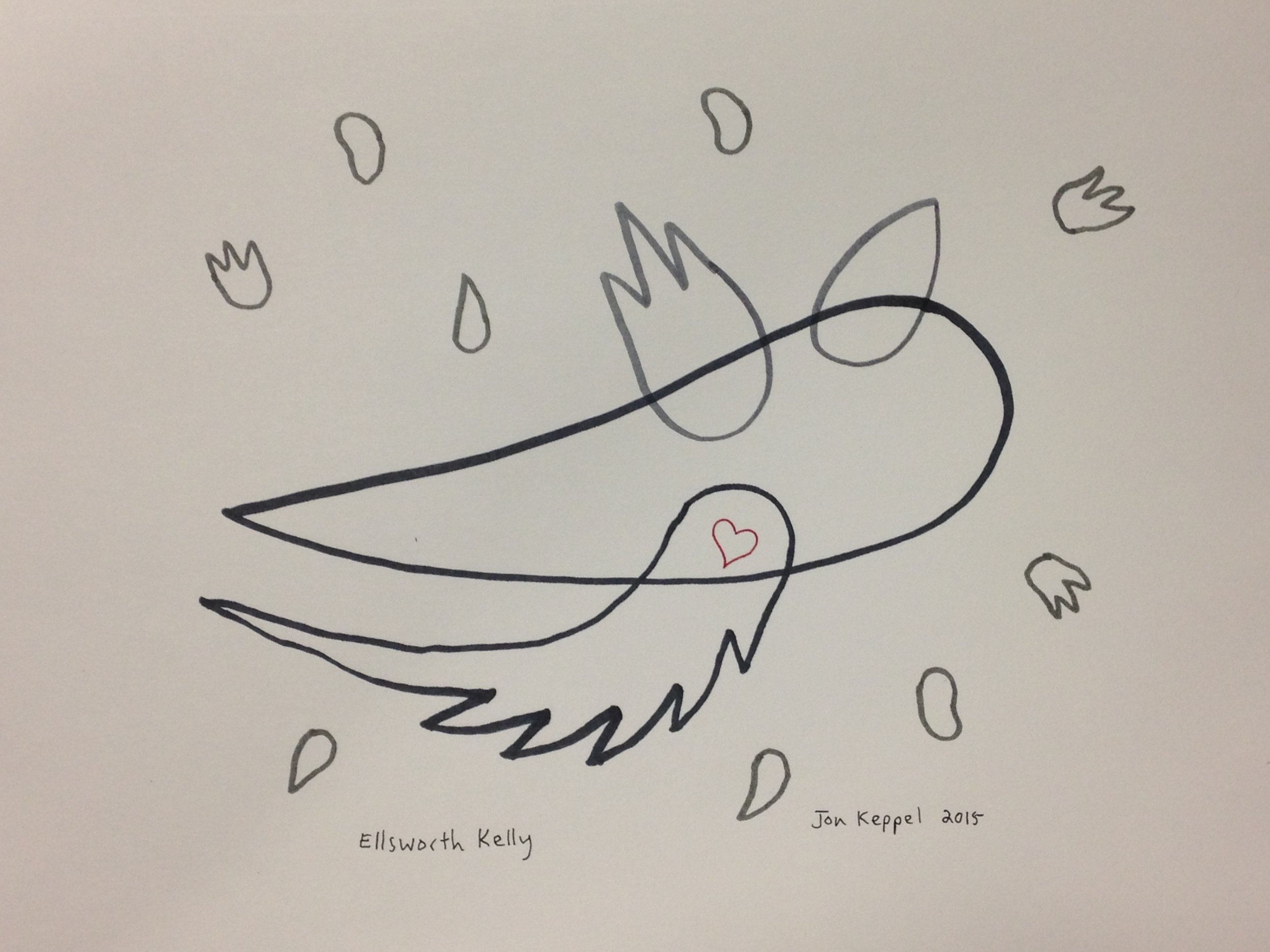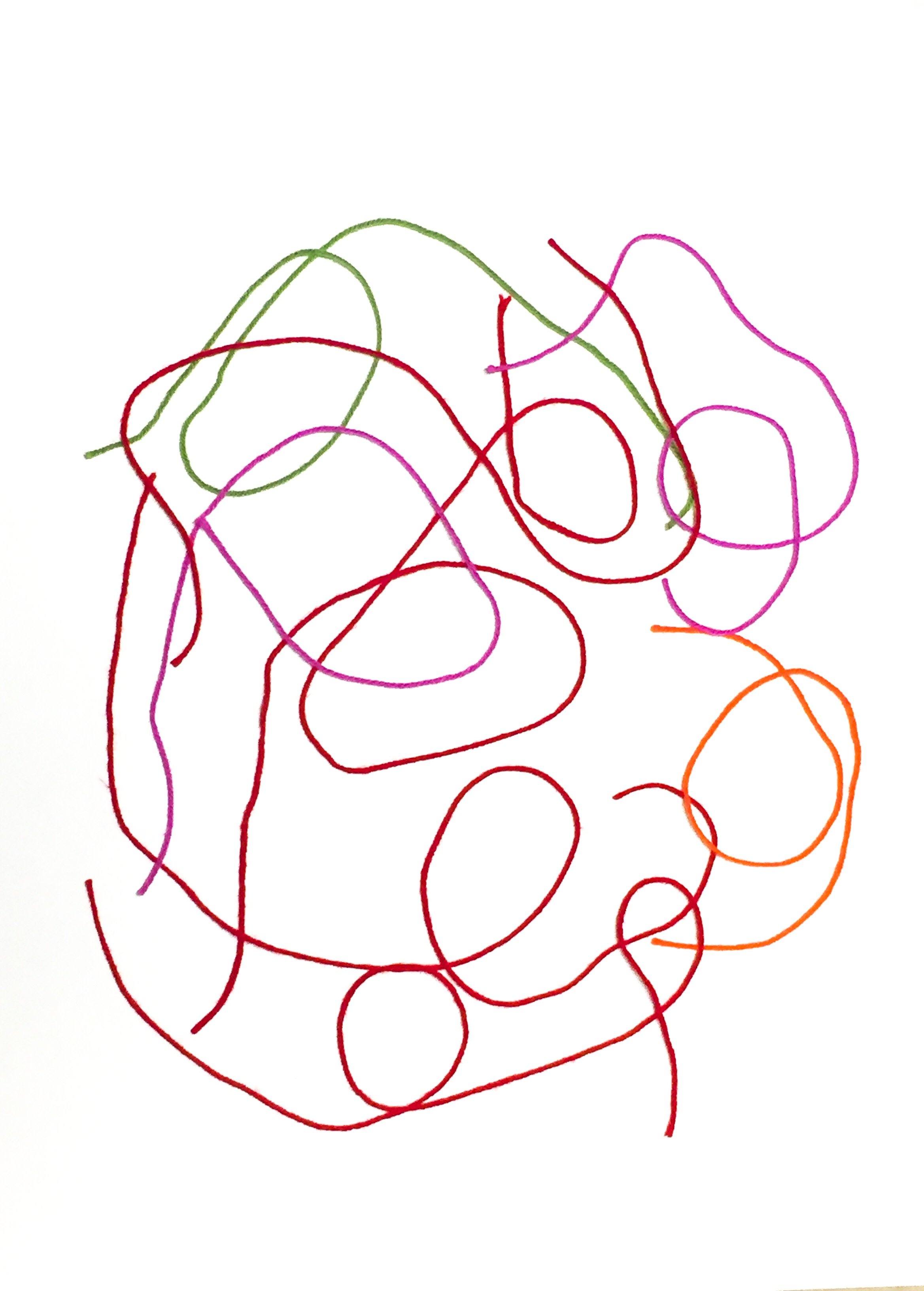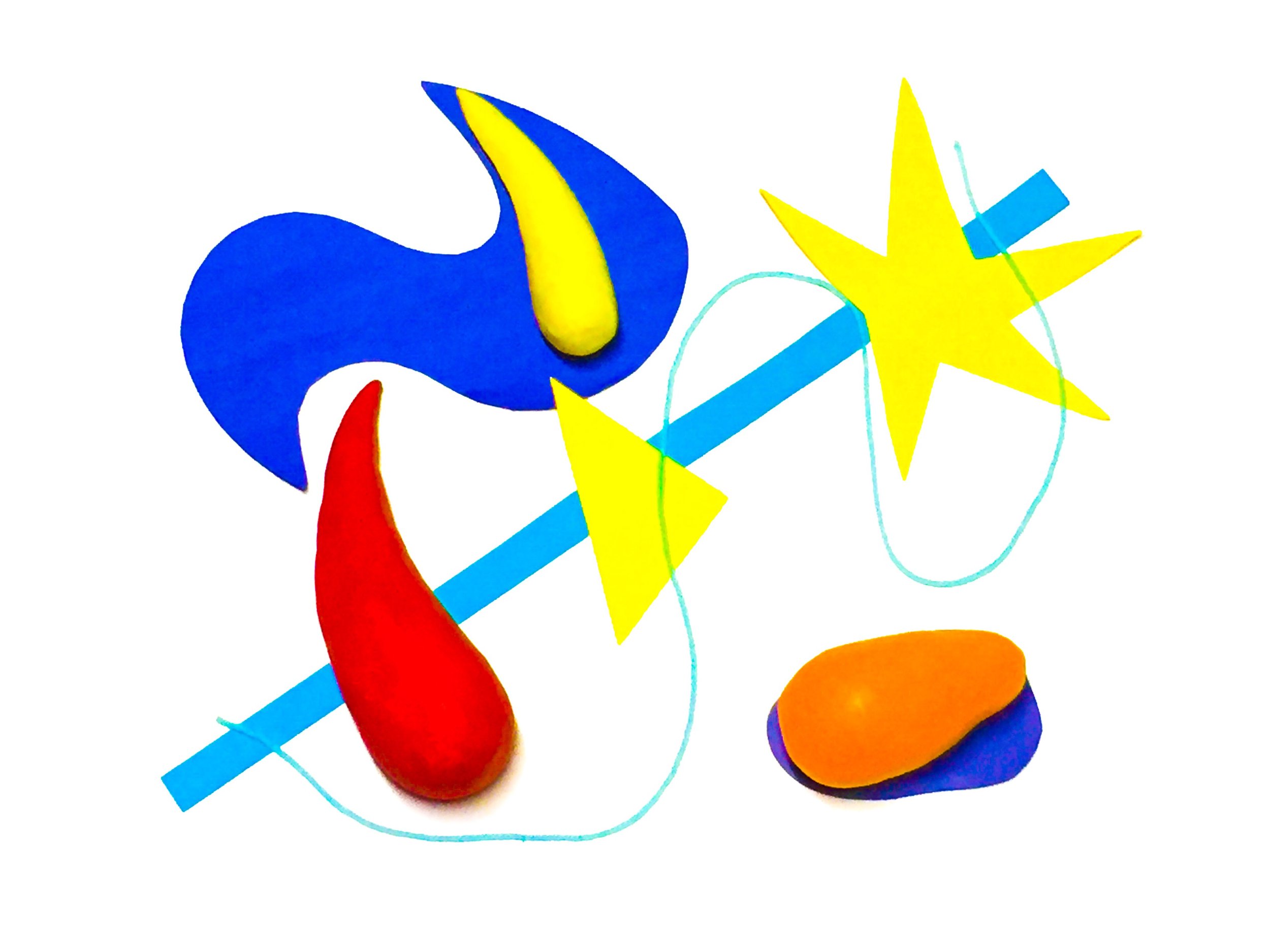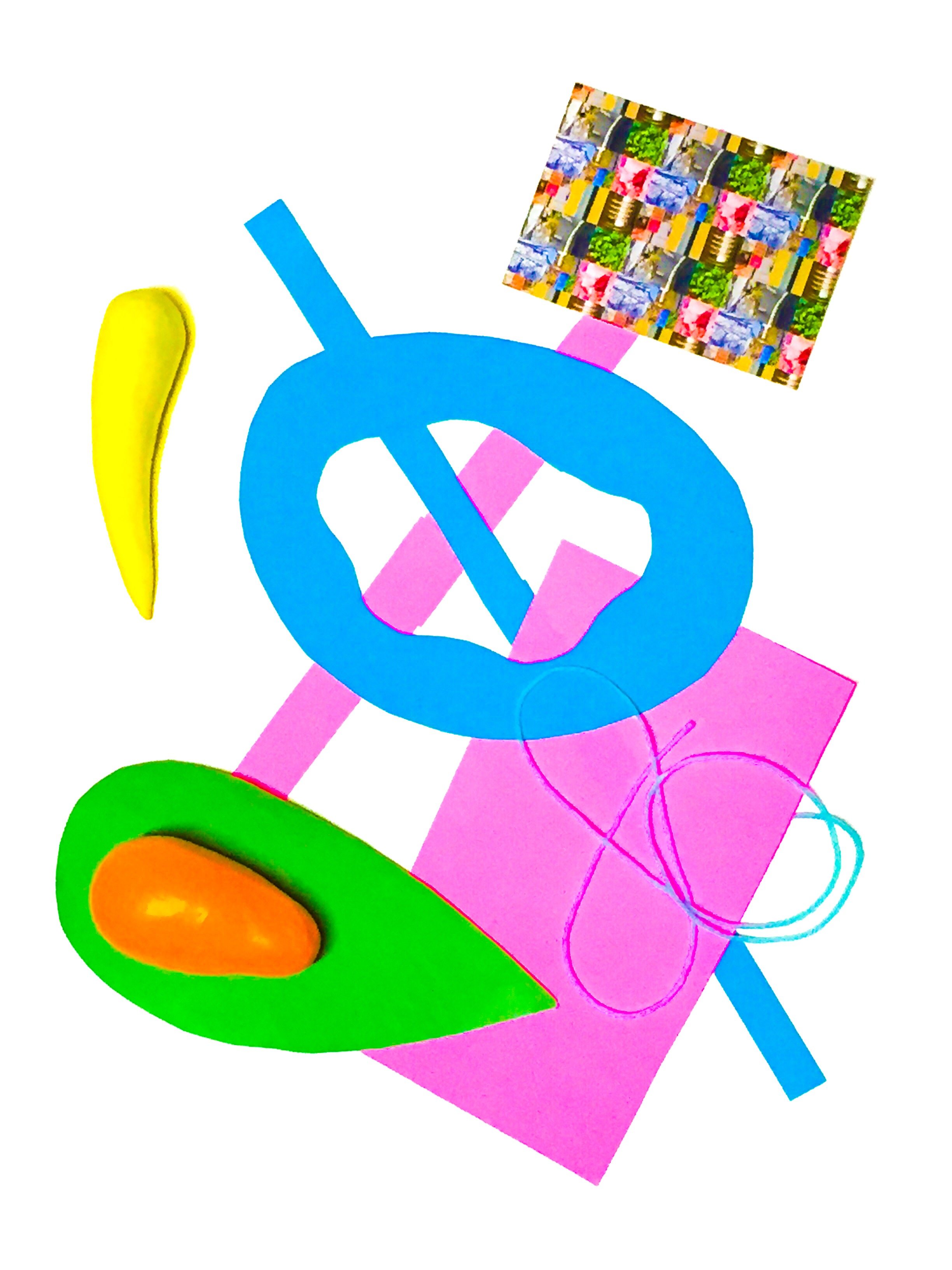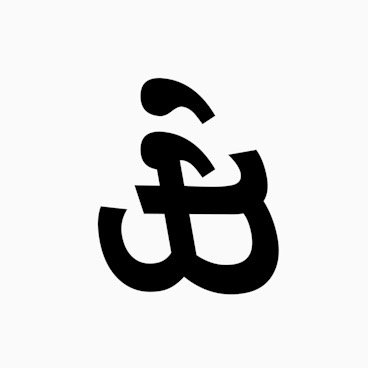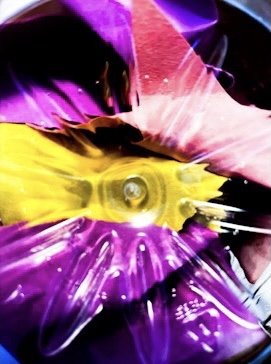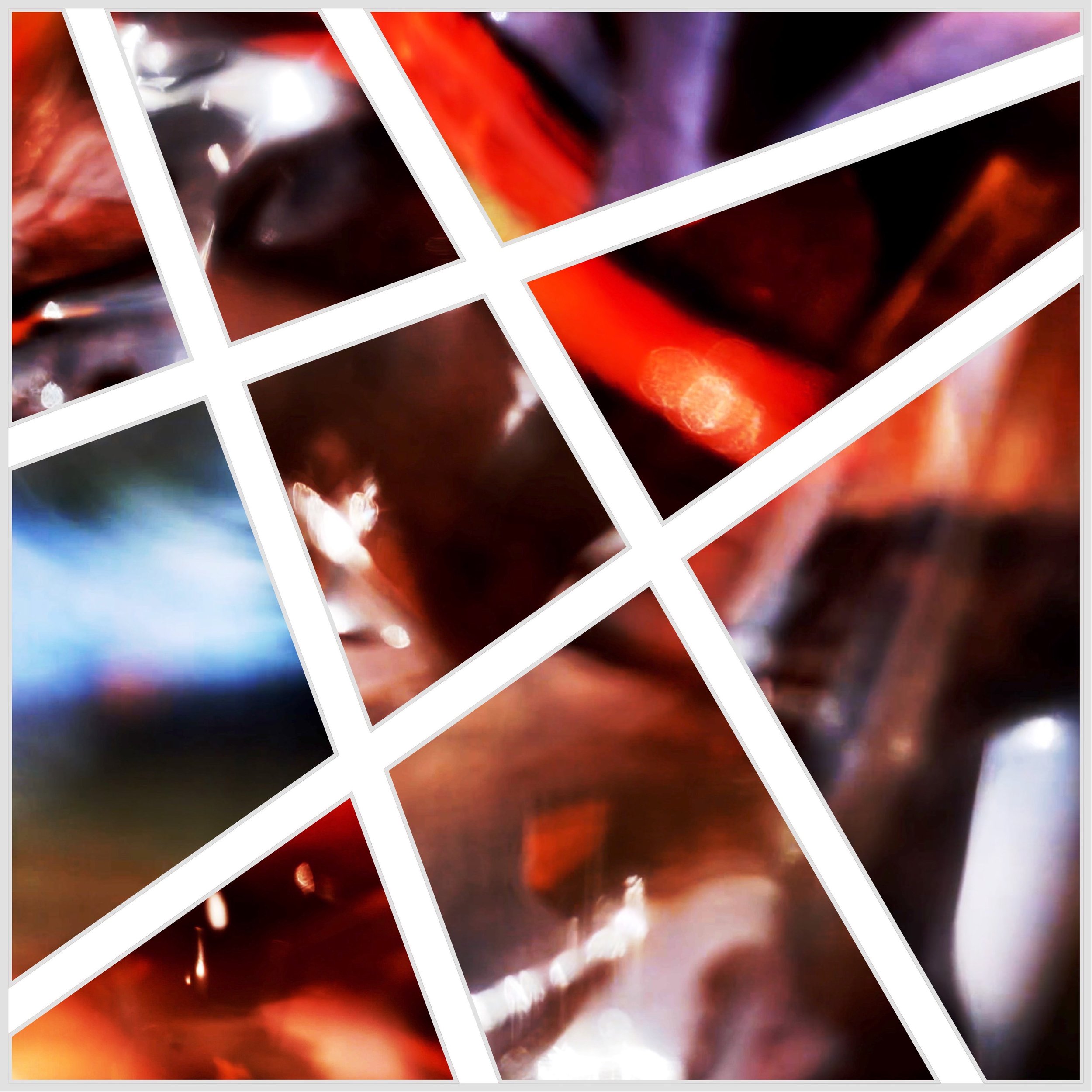Spirits, Souls and Ghosts
Videopaintings
3:33
Three Minutes Thirty Three Seconds is a piece or series of pieces or even way of doing art that I developed wanting just a way of connecting with life. The idea is that one opens the visual portal of a camera for three minutes and thirty three seconds, communing with, capturing and offering for playback later anything which happens to appear in the visual field during that time.
It is really its own animal. It is what it is. There is no conceptual laden confusion. It is what the camera facilitates for that period of time.
I see it being able to be done by folks other than myself as well.
I find the pieces meditative as I have interacted with them so far during the process.
I have an alternate idea where people would take a snap shot of wherever they are at 3:33pm their time or in another time zone, or whenever that time is present somewhere in the world.
I have been involved with the work of John Cage (particularly his Four Minutes and Thirty Three Seconds). I think that some of this is a direct output of that contemplation but I also feel it has its own legs as well. It is a visual paradox or nexus of inactivity and total inclusion.
I hope you enjoy the playbacks of my efforts and that you will consider making efforts of your own to do the same and enjoy those playbacks as well.
I find that I get just as much if not more out of watching back what I myself have made. I would love to see other’s “views” “apertures” “portals” as they open and shut as well.
Beautiful.
Peace.
Experimental Video
Conceptual
A Picture Worth A Thousand Words
Title of the Artwork: Visual Silence
Date: 2017
Medium: Conceptual (no physical component other than label with title and date)
Dimensions: 24 inches by 30 inches of blank wall (in addition to the standardized space left between other artworks included)
The idea for this piece is to intentionally leave a blank spot on the wall of the gallery space that is otherwise filled with two dimensional and three dimensional work such as paintings and sculptures. The cessation of visual stimuli is the work itself. The work is essentially non-dimensional but I want it to “fit” with other work that it is “shown” with for the Group Ten Gallery viewing. So I am proposing that a 24 inch by 30 inch space be left on the wall of the gallery (this would be in addition to any standardized space left between pieces hanging on the wall, so essentially it would be incorporated into the show’s display as if a painting with the dimensions of 24 inches by 30 inches was going to be displayed but was then removed). A label card with the name and date of the piece will be placed next to the blank space on the wall just as with the rest of the label cards for the show. Again, the blank space is the work.
The title to this piece, as many times happens, is a clue to the nature of the piece. It is what it says it is, visual silence. By taking out a physical art object such as a painting or a sculpture it is a conscious and intentional pause of the visual field. It could be likened to a rest in musical terms, moments of pause made when speaking or the blanks of a page between words and sentences on paper. These are just some of the gestures that the DNA of this concept piece shares. The true meaning of the piece is intentionally left ambiguous so that it may remain open to interpretation. Sometimes not saying something is a way of saying something. And at the same time rests in music function with a certain sense of presence and accentuate surrounding phenomena.
“Poïesis (Ancient Greek: ποίησις) is etymologically derived from the ancient Greek term ποιέω, which means ‘to make’. This word, the root of our modern 'poetry', was first a verb, an action that transforms and continues the world. Neither technical production nor creation in the romantic sense, poïetic work reconciles thought with matter and time, and person with the world.”
-Wikipedia
This collection of words printed here for your consideration is to help document, make known and facilitate a poem being created by an indeterminate number of attendees for the show Word. The piece has been conceived by artist Jon Keppel and works like this: every time a word is uttered aloud on the premises of The Artists Archives of the Western Reserve during official gallery hours over the course of the show Word, it becomes a part of an ongoing poem in the spirit of poiesis as mentioned above. This poem will be called Entrance. Similar to the world itself, no one person has access to the entire poem. Anyone can participate in breathing life into the poem given a particular spatial temporal circumstance. With life that place is Earth (for now). With this artwork it is (for now) the premises of The Artists Archives of the Western Reserve during gallery hours over the course of the entire run of the show Word.
The piece will continue to be produced and performed simultaneously for the duration of the show. The duration of this poem therefore is the duration of the exhibit (in other words, its collective on-view hours). To hear it is to make it live. Any utterance, including casual conversation or commentary counts. Also, sometimes we contribute, perhaps to a person or people’s lives (or just the world at large) without consciously doing so (i.e. without knowing about it). This will certainly happen over the course of the making of Entrance, however as with life, every one will be participating just by being present. The line between artist, art and viewer all becomes intertwined as visitors become engaged in all three and more just by making the journey to the site for the exhibit.
There is no way to document this piece in its entirety but that’s the point. Help bring it to life though and give it your own spin perhaps with Snapchat, Facebook Live or YouTube. It is the artist’s belief that words hint at a reality that is bigger than ourselves and yet it takes many selves to sustain it.
This piece has not been realized in 3D, spacetime reality. The sentiment can be gathered by this writing though which is yet another level of the sentiment.
“Love Water Love”
The action you are experiencing today is rooted first and foremost in kindness. It strives to forge a bond between artist and addressee that is based in trust, camaraderie and optimism. The art which is being offered to you today in the form of a cup of water is being sourced from a grocery store in Northeast Ohio. The water, as art, is meant to be just what it is, an element of sustenance and renewal that adds to your well-being. Reflections on what it means to gift something to someone is also brought into play, calling on the immaterial qualities of the intention (a kindness) to be transferred and communicated through the material attributes of that which is gifted and shared (a cup of water).
This effort is being made in part to counteract the somewhat prevalent impression that contemporary art can be an opaque ordeal where an intellectualization of material reality is enacted along with theory and practices that can sometimes overdetermine the spirit of art and its processes. This particular art work asks you to consider understanding art with your heart.
For those of you who are interested in and follow art history, this art work is being inspired in part by the Happenings of the 1960’s that took place in varying locations around the world. At that time especially there was a real movement in effect to have art transition from something that was displayed on a wall, pedestal or stage to one that happened in the streets so to speak where art as life was a highly esteemed idea. This art work returns to that sentiment that art as life and therefore life as art is something which is available to us always as a very generative source of inspiration.
There are also strong themes in this art work that deal with the current systems of technology, production and commerce that come into play in order to have access to clean, drinkable water that is not available in every part of the world. What does it mean to buy water? What does it mean to give it away? How do some of the conveniences of our society sometimes make it all too easy to take for granted that which is most essential?
There is no limit to which kindness can go, in art and in life. Thank YOU for being a part of it!
Introduction to the essay titled “The Exhibition is Dead”
Jon here…I want to preface this writing (titled The Exhibition is Dead) simply by saying that it was a necessary step in my evolution as an artist. I do not think that I would have ever been able to gain the perspective that everything could be art if I had tried to maintain a conception in my mind that everything I ever did would eventually end up in a matrix we call exhibitions. Note: I was not quite sure where else to put this so I put it here. Since writing this, I realized that I wanted to really express kindness and Love for all art. And I have since awakened to the fact for myself that work in objects and concepts is not outdated but rather they are registrations in an infinite eternal now that we all share by being alive. In the life art work that I have done since this writing I have really grown in the spirit to acknowledge what I call conventional art or art for exhibition as the method space it truly is. Please read this text in this context and with a sense of reverence for all work of a good heart which has been done. And as a friend said to me once, in a way it is all energy so even inanimate objects could be said to be alive in a way. I appreciate things that people have taught me that I never would have been able to see on my own from within the blind spot of my own existence. Staying open to epiphanies and diversity of opinions and perspectives is essential for human being I feel. And now I give you what helped me go on retreat from the artworld…
WRITTEN BY JON KEPPEL MONDAY SEPTEMBER 25TH 2017
The Exhibition is Dead
Many times we may think of an exhibition as a presentation of physical objects or phenomena placed in a brick and mortar space, a room of some kind, usually either at a museum or gallery. However as art history has taught us, art, especially over the last hundred years, has become increasingly untethered to a premeditated location for its dispersal, or perhaps more rightly stated, its emergence. It is no longer a static, plastic presentation of things in a sort of ordained and curated shell but rather a cueing-in to information, an encounter with the ephemerality of lived events and simply ways of thinking. So why do we still generate exhibitions or at least the exhibition of the white cube or a cube of any sort for that matter?
The loosening of the art object away from being a plastic experience began at least as early as 1913 when Marcel Duchamp forged, through the act of conception, rather than the laborious and somewhat clunky act of physical construction, the nature of the readymade. Duchamp’s genius emerged not only in his conferring of art status on everyday objects but also in the way he treated and invited us to engage mentally and philosophically with everyday objects. Since Duchamp it is not just that a urinal in a museum or gallery is art but that as a trace of his mental massaging of such phenomenon, we can start to understand such objects in life to be art as well.
Starting in the 1950’s, John Cage similarly teased our consciousness out of a rather dated and stogy matrix that placed art as that which emerged in an institution. Cage, like Duchamp, brought our understanding of art out into the world of everyday life and the ceaseless flow of physical, psychological and spiritual experiences to be had there. Music was no longer strictly or simply instruments being played on a stage in a concert hall, music came from the sound of the audience as well and also from everyday occurrences such as traffic. Music had become a way of listening rather than that which is listened to, arranged or not. This shift in understanding is key to the evolution of art so much so that we can say that the way we understand something is in fact a prominent if not key component of its production. Understanding, in essence, produces.
"1
WRITTEN BY JON KEPPEL MONDAY SEPTEMBER 25TH 2017
The Happenings of the 1960’s followed this trend of bringing art and our understanding of it outside of the gallery and into everyday spaces. Land art too, with a sweeping gesture, drew our consciousness out of so many rooms, both figuratively and literally and into the growing expanse of nature, the great outdoors and beyond. Perhaps what we call outer space will be the next site so to speak for our consciousness. In many ways it already is. The point however is that it is the liberating quality of thought itself that is truly the delimiting factor and the seed bed by which all that is around us begins to fully emerge. Producing, in art and in life, has become less about constructing physical arrangements of plastic parts, as with paintings and sculptures of time immemorial, and instead a process of revealing key attributes that are already present in the world that are reflected both within and around us (consider the shift that has taken place from a dynamic of industrialization to that of information) .
The limitlessness of what we call outer space is mirrored in the boundless nature of the internet which has become another prominent quasi-place to reveal art as such. Net art and sound are two major iterations of this evolution of art as an experience that erupts rather spontaneously, sometimes in many places at once and without the burocratic web that comes with much of the conventional art world’s pillars and platforms. Perhaps the matrix of the art world itself, its parameters and constructs are being transcended. The role of the artist in this rather limitless expanse is rapidly changing. Trends that have artists moving towards political office is one such example of this. Roles of what it means to be a curator and a director are also being brought into question as we consider more and more that the locus of art is a spontaneous, ephemeral experience that is had in everyday life. The rooms, so to speak, that the art of 2017 and beyond will take place in will be that of the heart and the head rather than any museum or gallery. We will look now within to see where we and art are going. For the exhibition as such is dead. We and art are alive!
Title of the Artwork: Statement-Map-Legend-Image
Artist, Jon Keppel
This statement is designed to draw attention to the status, role and function of marks and mark-making. Specifically, it intends to amplify and examine the arbitrary nature of the relationship between the signifier (or mark, in this case the characters of the English language) and the signified (the mark’s meaning or content, what the mark is trying to say). It also wishes to promote the idea that a visual mark of any sort can take on multiple (potentially infinite) assigned meanings, depending on its maker’s purpose and intent. As a means of facilitating this examination, the notion of a map is offered up as a way to organize or “make sense” of the marks currently being scrutinized (what exists on the surface of this sheet of paper or screen you are reading). Furthermore, this statement strives indirectly to show that a mark (or set of marks), of any constitution, is a kind of micro-map in that its very presence visually orients its viewer and thus initiates, or at least prompts, navigation. More precisely though, and closer to the matter at hand, this statement contends that a letter of the English language can be employed in the same way as a dab of black paint, relying on the assumption that before a letter is a letter-proper, it is a visual form, a naked mark without conceptual substance. With this thought in mind, and in keeping with the analogy of a map as an instrumental filter through which to peer at these naked forms, I would now like to draw your attention to the role of a legend in traditional cartographic endeavors. The legend, or key as it is sometimes referred, is a sort of reference point that the user of the map consults in order to decode and become familiar with the specialized and particular meanings of the marks that present themselves on the map’s two-dimensional surface. In regards to the collection of words currently being presented, I would like to draw a comparison between this notion of a cartographic legend and the logic behind the statement that is being offered here in the form of the English language. To be more direct, the meanings of the words you have been reading are acting as a domain of reference by which you are coming to truly understand their current function, namely the employment of their forms strictly as forms and nothing else. In this sense, the legend has been embedded into the very contents of the map itself. Also, aesthetic decisions dealing with composition that are normally pondered in the mind of the artist, as he or she lets their instrumenting of choice (let’s say a brush) sway gently and thoughtfully above an intended surface (let’s say a canvas) while carefully deciding where next to make a mark, have been replaced by the grammar, punctuation, text-type, size, etc, (and in a very subtle way the content) of the sentences themselves. This statement-map-legend-image then is totally self-referential, both conceptually and visually. The marks paradoxically re-qualify themselves in that their orthodox meaning has been used to discard and go beyond its self. If the legend has served it purpose well and been read correctly, one should now be able to view the marks on this page in strictly visual terms, with all previously connoted meaning and relation made irrelevant. One should be in a position to behold the marks on this paper purely as a singular expressive image whose created vision could not have been displayed in any other way.
Title of the Artwork: All Sharks on the Planet Earth
Artist, Jon Keppel
Conducing is a practice I have taken up, an artistic process, by which I as artist draw attention, both that of my own and others, towards lived phenomena through various means of deployment including mental images, the written word and more. I use the generative power of conversation and imagination to connect in vitally responsive ways to actual swaths of reality including objects, living beings and places. The work operates from a paradoxical realm and dynamic where lived reality is appreciated as having simultaneously the very visceral nature of tangible materiality while also transpiring in conjunction with the spontaneous and ephemeral nature of ideas that facilitate the continuation of a living spirit whereby all sentience and remainders are revealed.
How does this actually work? Well it works like this. I say with words something like “all sharks on the planet Earth” and you then have a mental impression in the form of words or images spontaneously arrive, form, get revealed in your mind. The work is simultaneously the actual collective phenomenon of all sharks on the planet Earth and also the rather ambiguous mental impression, feeling or otherwise related response that is in a way organically conjured in your mind. When I say mind I do not simply mean your brain or the metaphysical place in which you think and have thoughts but rather the entire inner stage of your narrative as it reflects and coalesces with the nature of lived reality as phenomena that is at once external and internal in nature.
When I say something like “all sharks on the planet Earth” your mind brings forth a response whether a thought, impression, feeling, kinesthetic activation or something else altogether. I call this conducing because I as artist conduce (i.e. to help bring about) such swaths of lived reality as all sharks on the planet Earth by summoning forth a very real tangible material fact but one which is not accessible through the senses or the act of witnessing because of the nature of material reality, the locative functioning of sentience and the spontaneous quality of ephemera, sentient or otherwise. Any time you see film or video of a shark on the television or online that is documentation of this piece. Documentation also includes drawings and paintings of sharks, animated cartoons of sharks and conversations about sharks. Also and though perhaps ironically not always as imperative is the in the flesh encounter of a shark in the wild for instance or at an aquarium for example. The encounter with the artwork itself happens through conducing. Plainly though reverently stated, this includes fatal encounters.
I believe that this piece is a response to artist Damien Hirst’s piece “The Physical Impossibility of Death in the Mind of Someone Living.” This is a well known piece of the artist that features a deceased shark in a large see-through container filled with formaldehyde. This piece of mine will of course change as new sharks die, are killed, get born and so on. And in fact my piece includes the shark that makes up “The Physical Impossibility of Death in the Mind of Someone Living,” (as long as that piece remains on Earth and not, as it theoretically could be shipped into space or deep space etc most likely by Hirst responding to my piece. One can simply imagine a shark floating in space or deep space and this somewhat contradicts the piece in that a shark is not on the planet Earth is conjured and yet the imagination that generates the conduction is itself on the planet Earth).
This manner of artwork is not exhibited but rather shared and distributed by means of mental images, words and experience in the world. It is neither constructive nor destructive but rather deals with what we ourselves are already involved with sentient, corporeal beings. It is made with a spirit of questioning the entire construct of the exhibition in the history and extant reportage of art and the art world and by extension all exhibitions. Work is the appreciation of the soul not the sensing of datum. The whole mirrors the parts, value being universal.
The following is from a small series I created called Date/Place/Time. They consist of swaths of reality that are intentionally summoned by bringing attention to a particular event and/or imagined nexus through these three qualifications.
Series Statement:
Date / Time /
Place
These works deal with the remembrance, experience and forecasting of various moments, times, spaces and phenomena. Each presents the documentation of a date, time and place highlighting the swath of reality that emerges as an artwork. It is essentially making a readymade of various chunks of space and time and the activity that is present there. Sometimes there will be documentation in the form of photos and videos. Sometimes written descriptions of the environment and what occurs there will be presented. The central idea is to take chunks of reality as defined by date, time and place to be presented to the mind as a kind of readymade artwork which is ripe for aesthetic responses and fertile with transformative experiential and contemplative powers.
Artist, Jon Keppel
From the series Date/Place/Time
Title of the Artwork: June 16, 2017 / 7pm - 9pm / 78th Street Studios (1300 West 78th Street, Cleveland, Ohio 44102)
mediums: people, magnets, grilled cheese, electrical sockets, tables, walls, art, a fan, an empty pedestal, a gallery, air blowing, a urinal, the word hazing, Liz Maugans, Liz Maugans' work, Hedge Gallery, a window, surrounding houses, a car, a street, natural light, manufactured light, a living dog that reminds me of Joseph Beuys’ coyote, an issue of CAN Journal
actions: turning pages in a binder, conversing, making eye contact, typing on my phone, listening to the word hazing, breathing, meeting Justin Brennan
From the series Date/Place/Time
Title of the Artwork: Friday, May 19th, 2017, the planet Saturn
Friday May 19th (2017)
Everything that happens on the planet Saturn during this day.
From the series Date/Place/Time
Title of the Artwork:
11:40 am
Times Square, New York City, May 18th 2017
11:42 am
(I started my stopwatch on my phone about 10 minutes ago to specifically set a side time for art making. My goal was to confer everything that happened at Times Square in New York City between 11:40 am and an ending time which ended up being 11:42 am, as art. Immediately upon starting the timing, someone rang the door bell. I went to get the door. I am not sure what happened in Times Square during those two minutes as I was not there nor did I receive any news about happenings there however I had an intention to confer the status of art upon all that happened there at that particular time.)
just think about EVERYTHING that was happening simultaneously between 11:40 am and 11:42 am in this American city—-it boggles the imagination
From the series Date/Place/Time
Title of the Artwork: Untitled 56
ABSOLUTELY EVERYTHING, EVERYWHERE, RIGHT NOW
From the series Date/Place/Time
Title of the Artwork: A New York Minute
11:50 am
New York City
May 18th, 2017
11:51 am
From the series Date/Place/Time
Title of the Artwork: Unicorn
Boston
1592
July



























